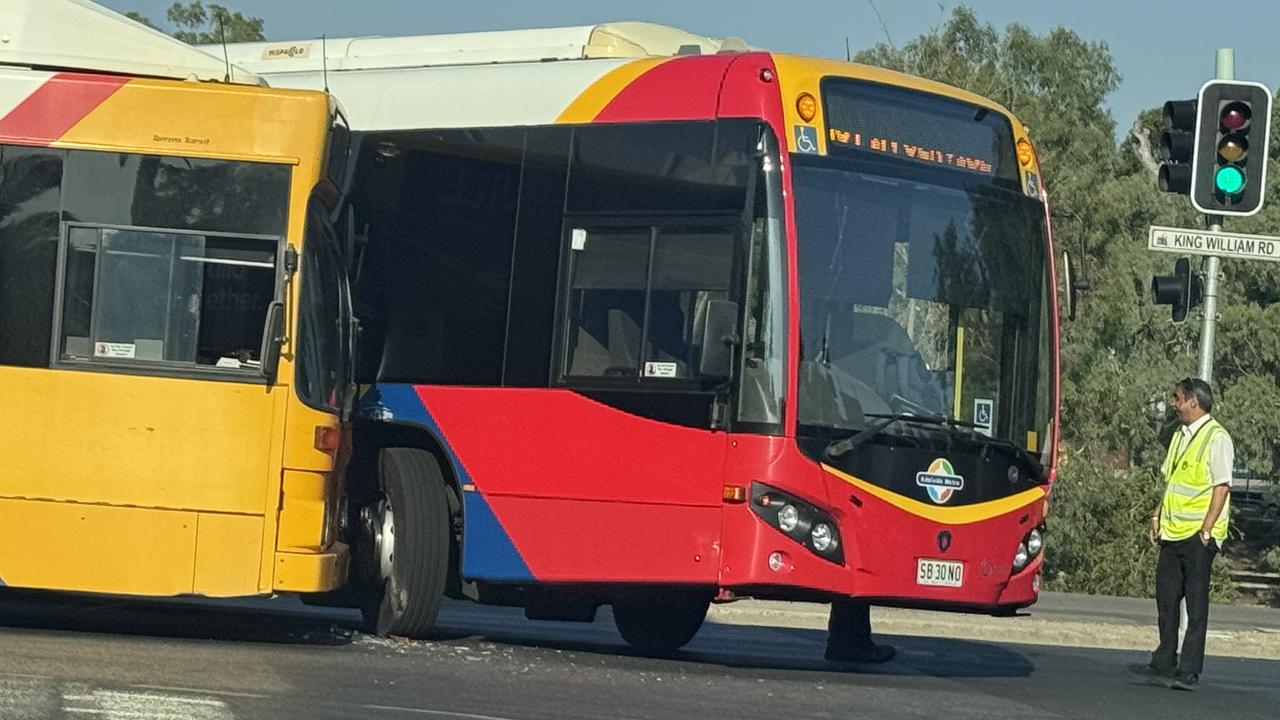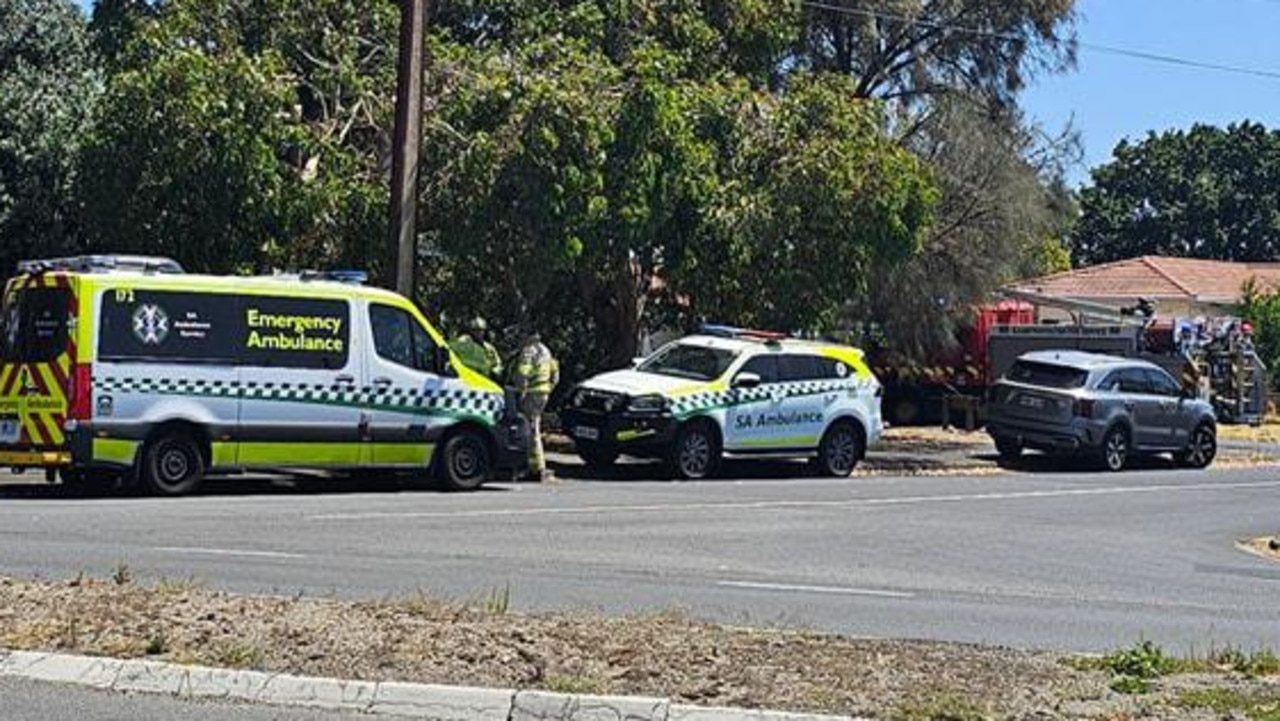Building a Bigger, Better South Australia: Why we’re campaigning for growth
Why The Advertiser is challenging conventional thinking on population growth, economic priorities, urban planning, future jobs and reversing the brain drain.
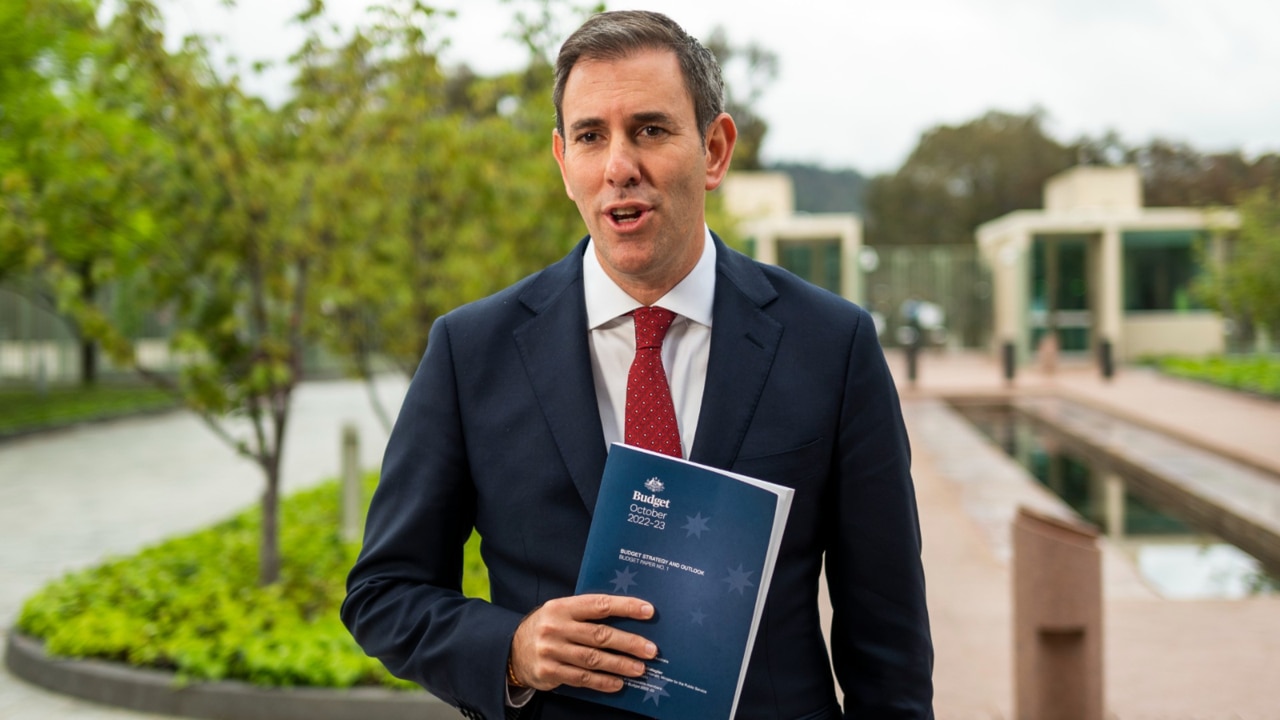
SA News
Don't miss out on the headlines from SA News. Followed categories will be added to My News.
The state’s opportunity to build on its considerable strengths to grow wealth and shoot for the stars on future jobs is being spearheaded by The Advertiser and Sunday Mail’s Building a Bigger, Better SA campaign.
South Australia’s challenges and opportunities will be directly confronted in two weeks of agenda-setting coverage starting in today’s Sunday Mail.
This will include examining measures to stem an interstate brain drain, particularly among young people, which the latest official Australian population statement predicts will surge after a reversal at the height of the Covid-19 pandemic.
South Australia experienced positive net interstate migration in 2020/21, of 900 people, for the first time since 1990-91. This trend continued in 2021/22 and is projected for this financial year.
However, the federal Centre for Population says “pre-pandemic trends are then expected to return”, with net interstate migration of -3500 forecast in 2023-24, reaching -2800 in 2032-33.
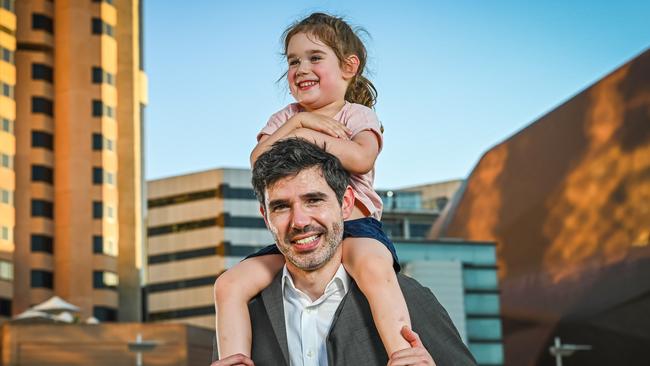
The state’s young future leaders will pitch their ideas to shape SA at a February 16 Teen Parliament for year 10-12 students, which will be live-streamed on Advertiser.com.au.
News and opinion pieces will challenge conventional thinking on living costs, future jobs, energy transition, electrification of personal transport, population growth, urban planning and the economy.
The campaign will culminate with a February 23 Building a Bigger, Better SA lunch event at SkyCity, with the state’s most influential people across business, politics and other key sectors.
This is the next stage of the successful inaugural campaign, which placed economic and jobs growth at the heart of last March’s state election.
Topics covered in this year’s campaign also will include maximising the extraordinary opportunity offered by construction of nuclear-powered submarines at Osborne Naval Shipyard, in Adelaide’s west, and the challenges of gearing the state up for electric cars and other changes in personal transport.
The infrastructure required for a growing population will be examined, including building homes to ease a persistent accommodation crisis.
The challenge ahead is illustrated by Adelaide having the slowest growth of any Australian capital in the past 50 years, according to Australian Bureau of Statistics figures released in December.
In observations about Brisbane, Adelaide and Perth, the ABS noted Perth’s population overtook Adelaide’s in 1984 and has continued to grow at a faster rate ever since.
In 2021, Perth’s population of 2,192,229 in mid-2021 was 56 per cent more than Adelaide’s 1,402,393.
But a record low jobless rate and booming construction sector powered SA’s economy to the nation’s third-best performing this year, according to the latest State of the States report, released in late January by CommSec.
The quarterly report also ranks states by annual growth rates across key indicators including economic growth, retail spending, equipment investment and unemployment.
SA retained top spot on construction work done, which was 23.8 per cent above its decade average.
It also climbed to first position for the number of dwellings started, which came in at 22.6 per cent above the decade average.
SA’s record low unemployment rate – which latest ABS data puts at 3.9 per cent seasonally adjusted – also contributed to the overall ranking.
There are now 923,400 people employed in SA, representing a rise of 15,200 since March last year.
“Relative economic growth”, listed as SA’s weakness, was 24.3 per cent above the decade average. That figure was the lowest in the nation, with Western Australia leading the states and territories at 36.6 per cent above its average output.
We need more South Aussies: Premier
Premier Peter Malinauskas is backing population growth for the state, warning younger families will pay the price of providing government services unless the economy expands.
Outlining the case for growing the state, Mr Malinauskas told the Sunday Mail population growth spurred economic growth, which swelled state finances and the ability to pay for health, education and other government services.
“Think about the counterfactual – we can’t afford not to (grow the population). If we aren’t growing the pie, then everyone will pay the price, particularly amongst younger families,” he said.
“We have got an ageing population. The explosion of demand on, say hospital services, is because more people are getting older and when they get older, they need more access to healthcare.
“Now there needs to be a workforce that underpins generating economic activity, which creates income for government to be able to pay for looking after people.”
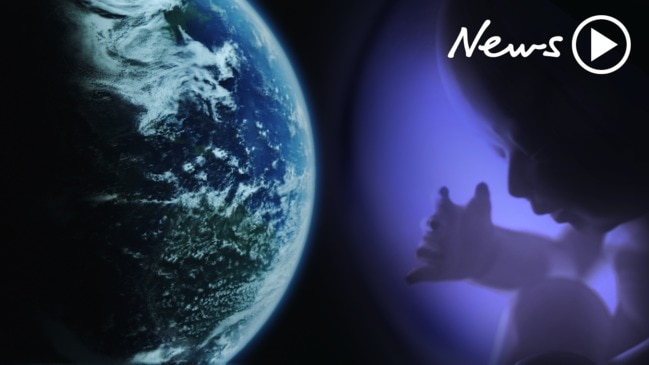
Asked whether he backed a population target, such as the two million by 2030 proposed last February by the-then Committee for Adelaide chief Bruce Djite, Mr Malinauskas declined to set a figure.
“I’m less interested in arbitrary numbers than the policy that will actually underpin the growth in a way that is supported by South Australians,” he said.
Mr Malinauskas said growing the complexity and size of the state economy increased the government’s tax base.
“Improving economic complexity means people are going up on the value chain of wages, and the more they earn the better their standard of living, but it also derives the benefit of improving revenues for government to invest in critical social infrastructure,” he said.
Asked about federal government projections of the return of a so-called brain drain, or a net loss of people from SA through interstate migration, Mr Malinauskas said the state had to aspire to mitigate that as best it could.
This trend reversed for the first time since 1990-91 during the height of the Covid-19 pandemic and the federal Centre for Population projects an inflow until 2023-24, when net interstate migration of -3500 is forecast.
“It was self-evident that closing the borders resulted in a change. We hope that that change has a lasting impact, in terms of the way people contemplate living and working in a place like South Australia,” Mr Malinauskas said.
“Ultimately, I think the best policy that we can pursue to address that is an economic growth policy and an industrial expansion policy, because it’s the work that drives people’s behaviours more than anything else.
“But this is a key part of the equation, because, relatively, growth in price in South Australia has been more recently higher than we’ve seen in the eastern states, so we don’t want our relative advantage of affordability to be diminished, which would undermine our capacity to see those numbers going in the right direction.”
More Coverage
Originally published as Building a Bigger, Better South Australia: Why we’re campaigning for growth




